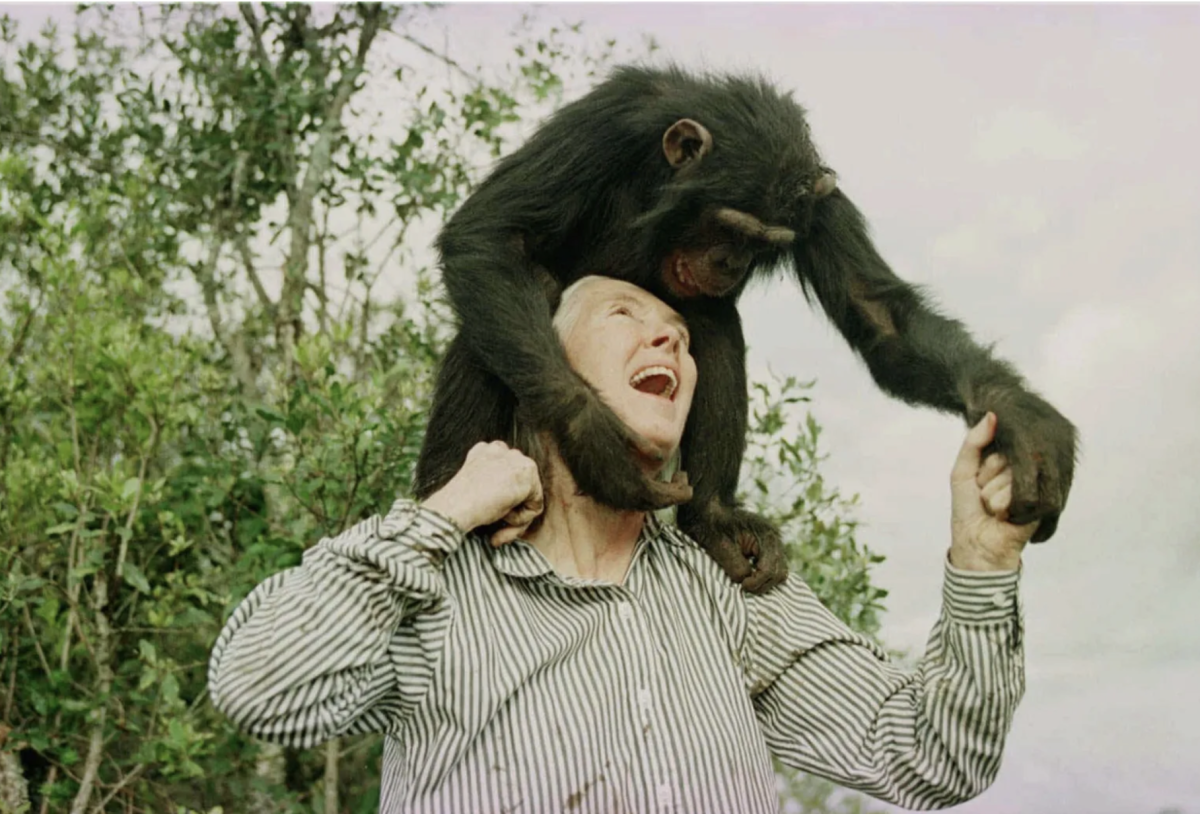Medical Sciences Club Visits MIT’s Koch Institute
Members of the Medical Sciences Club visited MIT’s Koch Institute as the first in-person visit since the start of the pandemic.
November 22, 2021
On Wednesday, November 10, fourteen members of the Medical Sciences Club visited the Koch Institute for Integrative Cancer Research at MIT. Club advisor Mrs. Diedricksen and Officer Ford were chaperones. According to the representative that received the group, Hingham High School’s Medical Sciences Club was the first school to visit the Institute since the pandemic started.
The tour of the Koch Institute commenced with a presentation of the public gallery, which includes award-winning photographs of scientific discoveries. A tour of two of the Institute’s many laboratories followed, and the visit concluded with a hands-on simulation of the chemotherapy treatment of cancer cells.
On the bus ride home, members of the Medical Sciences Club shared some of their favorite parts of the tour of the Koch Institute.
Junior Celeste Seto gushed about the Koch Institute’s fine architecture. “My first impression was that the MIT building is absolutely beautiful,” she said. “Whenever I think of labs, I typically think of rooms lit with only LED lights, but when I saw the MIT labs, I noticed that they were actually lit with sunlight.”
Junior Mandy Ma admired the research technology the most. She said, “It was really cool to see all the machines and technology that are used for research and actually look at tumors with a microscope!”
“The 3D printed banana was very satisfying to watch,” said senior Ellie Fabbro.
Senior Jade Weggeman said, “I liked the cancer simulation, and I liked how it showed me how chemotherapy works. It was very informative.”
Sophomore Angelina Palek agreed. “I enjoyed the simulation experience, particularly interacting with my friends and learning the ideas behind chemotherapy.”
Club president Deirdre O’Donnell spoke about the various career possibilities showcased at the laboratory. “I found the variety of professions necessary for a lab to be very interesting,” she said. “The staff studied both biology and mechanical engineering and applied it in treatments and technologies for cancer and diabetes. The entire process was very exciting!”
Celeste Seto remarked that the exposure to the researchers at the Institute made her more aware of the possible professions in the field. “When the researchers demonstrated parts of their daily lives researching elements of cancer, I became interested in their work,” she said. “I first wanted to be a primary care doctor, but now I might consider medical research.”
Mandy Ma agreed with this sentiment. “I thought it was a great experience, not just for me, but for us as high schoolers to explore a new career path, or even learn more about working in labs for cancer research,” she said.
































